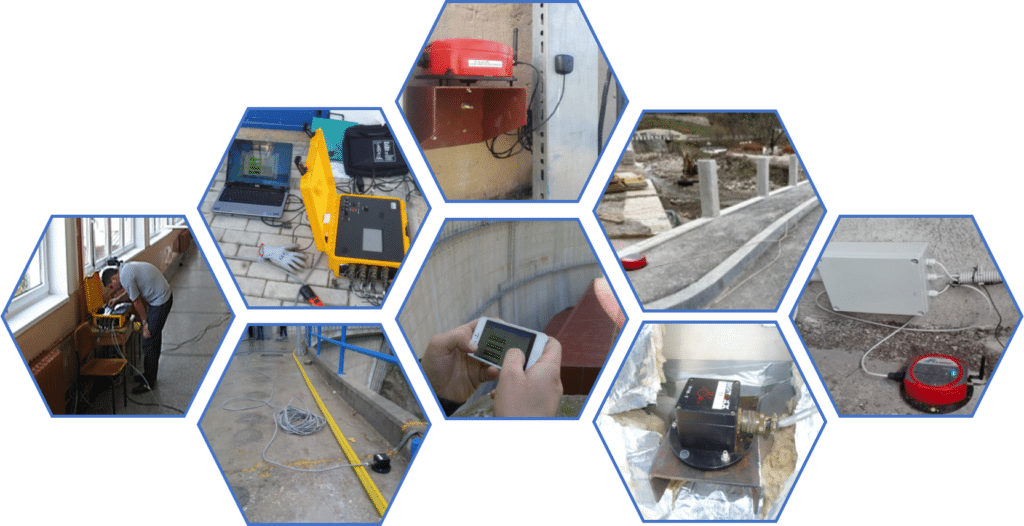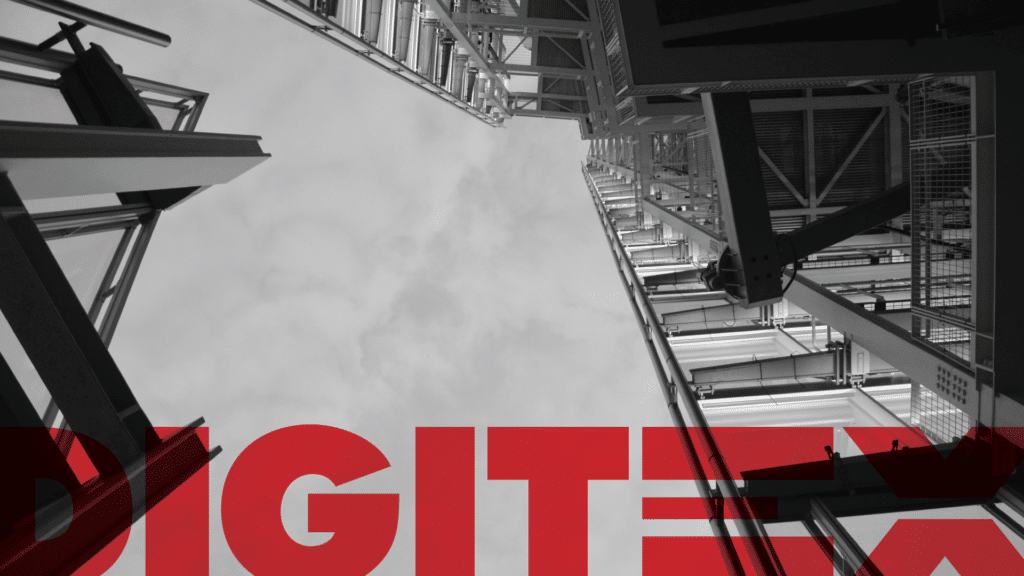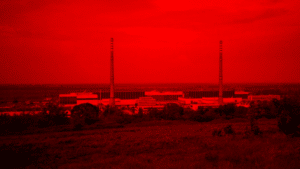Structural health monitoring (SHM) has become increasingly crucial in ensuring the safety and longevity of critical structures such as bridges, buildings, and dams. As technology continues to advance, new trends and innovations are shaping the field of SHM. In this blog post, we will focus on the monitoring of dams and explore the innovative products offered by Digitex Systems.
The Importance of Structural Health Monitoring
Structural health monitoring involves continuously assessing structures to detect anomalies, assess their condition, and provide early warnings of potential issues. This proactive approach helps prevent catastrophic failures and ensures the safety of infrastructure and the people who depend on it.
SHM is critically important for various structures, with dams being of particular significance due to several key reasons:
- Safety Assurance: Dams are essential for water storage, flood control, and power generation. North Macedonia has constructed 30 large dams, and Europe, excluding Russia, has 6092 large dams [1]. Ensuring their structural integrity is paramount to prevent catastrophic failures that could result in loss of life and property. SHM provides continuous monitoring, offering an early warning system against potential issues.
- Aging Infrastructure: Many dams worldwide have exceeded their initial design life. SHM helps assess the health of these aging structures, allowing for timely maintenance or rehabilitation to extend their lifespan safely.

Fig. 1. Number of large dams in Europe (excl. Russia) according to ICOLD [1]
- Environmental Impact: Dam failures can have severe environmental consequences, including flooding, water contamination, and habitat destruction. SHM helps minimize the environmental impact by detecting structural issues early, allowing for proactive measures to prevent failures.
- Cost-Efficient Maintenance: Traditional inspection and maintenance methods can be costly and time-consuming. SHM offers real-time data, enabling engineers to schedule maintenance more efficiently, reducing downtime, and minimizing costs.
- Data-Driven Decisions: SHM systems collect a wealth of data about a dam’s behavior. This data can be used to make informed decisions about maintenance, retrofits, or upgrades, optimizing the dam’s performance and safety.
- Resilience to Natural Disasters: Dams are susceptible to natural disasters like earthquakes and extreme weather. SHM provides critical information during such events, allowing authorities to take timely actions to safeguard the dam and downstream communities.

Fig. 2. Damage in the Shih-Kang dam after the 1999 Chi-Chi earthquake in Taiwan [2]

Fig. 3. An aerial view of the city of Derna, Libya, after the Derna dam collapsed due to storm Daniel [3]
- Remote Monitoring: Dams are often located in remote areas, making regular visual inspections challenging. SHM allows for remote monitoring, reducing the need for physical access to the site and improving safety for inspectors.
- Public Confidence: Dams are high-profile structures and public confidence in their safety is essential. SHM systems can provide transparency by sharing real-time data with the public, increasing trust in dam operations.
Emerging Trends in SHM
Emerging trends in Structural Health Monitoring are shaping the field, offering innovative solutions and advancements in monitoring the health and integrity of structures.
- Data-Driven SHM: The adoption of data-driven approaches is on the rise. Advanced sensors and IoT technologies collect vast amounts of data, which is then analyzed using machine learning and AI algorithms to detect structural issues more accurately and in real-time [4].
- Wireless Sensor Networks: Wireless sensor networks are becoming more prevalent, eliminating the need for extensive wiring. These networks allow for flexible and cost-effective monitoring of structures, even in remote locations.
- Energy Harvesting: Energy harvesting technologies are being integrated into SHM systems. Vibrations and environmental factors can be harnessed to power sensors, reducing the need for external power sources and increasing system autonomy.
- Machine Learning and AI: Artificial intelligence and machine learning algorithms are being employed to analyze vast amounts of sensor data, enabling predictive maintenance and more precise assessments of structural health.
- Integration with BIM: SHM is integrated with Building Information Modeling (BIM) systems. This integration provides a comprehensive view of a structure’s design, construction, and performance, facilitating better decision-making throughout its lifecycle.
- Smart Infrastructure: The concept of smart infrastructure is gaining traction. SHM is crucial to creating intelligent, self-monitoring structures that can adapt to changing conditions and optimize performance.
Innovations in Dam Monitoring by Digitex Systems
Digitex Systems offers cutting-edge solutions for structural health monitoring for all structures, such as buildings, bridges, chimneys, and dams, as critical infrastructure components. The products have been extensively used to test and monitor European structures.

Fig. 4. Digitex solutions applied in various projects in Europe
The Global Structural Health Monitoring Systems Market is growing faster with substantial growth rates over the last few years and is estimated to grow significantly in the forecasted period, i.e., 2023 to 2031 [4]. Digitex Systems is recognized for its mission to provide real-time SHM systems. The importance of Digitex Systems lies in its commitment to creating innovative solutions that assist customers in assessing the structural integrity of their structures. Digitex Systems has been listed as a critical player in the Global Structural Health Monitoring Systems Market Report [4].
The key benefits for SHM of dams are:
- Real-time Monitoring: Digitex Systems provides real-time structural health monitoring systems that assist engineers in non-destructive testing and the early detection of structural damage.
- Data Analysis: Their products include advanced data analysis tools that utilize the latest machine learning techniques to provide actionable insights from the collected data.
- Integration: Digitex Systems’ solutions seamlessly integrate with existing dam infrastructure, minimizing disruption while enhancing safety.
- Early Warning Systems: The company’s products include early warning capabilities, allowing immediate response to potential issues ultimately preventing disasters.
SOURCES:
- International Commission on Large Dams (2023). World Register of Dams. Paris. www.icold-cigb.net (accessed 7 October 2023).
- Lin, L., Chen, S., & Tsai, C. (2015). Damage Condition Survey and Emergency Grouting Performance of Shih-Kang Dam after the 921 Earthquake. Journal of Performance of Constructed Facilities, 29(5), 04014142. doi:10.1061/(asce)cf.1943-5509.0000406.
- Nereim V. and Kwai, I. (2023). More Than 5,000 Dead in Libya as Collapsed Dams Worsen Flood Disaster. The New York Times. https://www.nytimes.com/2023/09/12/world/middleeast/libya-floods-dams-collapse.html (accessed 7 October 2023).
- Market Research Scenario & Trends (2023). Structural Health Monitoring (SHM) Systems Market [2023-2030]: Leading Company Analysis and Top Countries Data. https://www.linkedin.com/pulse/structural-health-monitoring-shm-systems-2f/ (accessed 7 October 2023).




